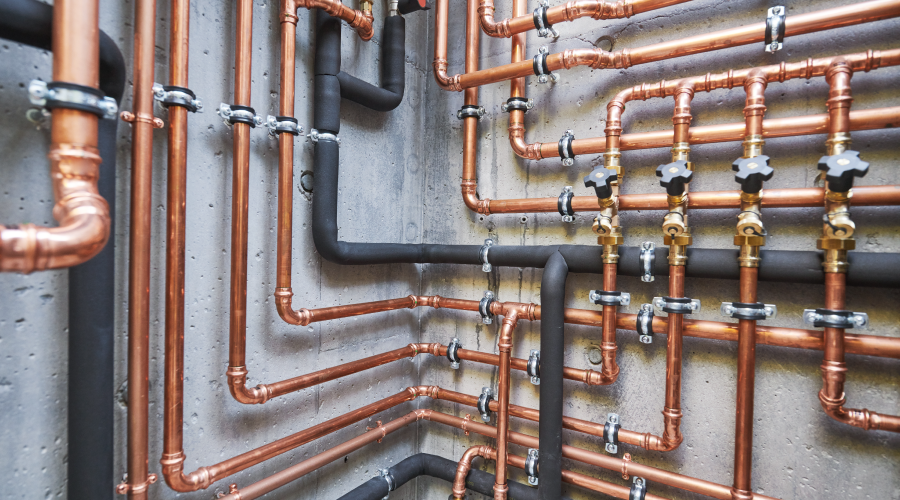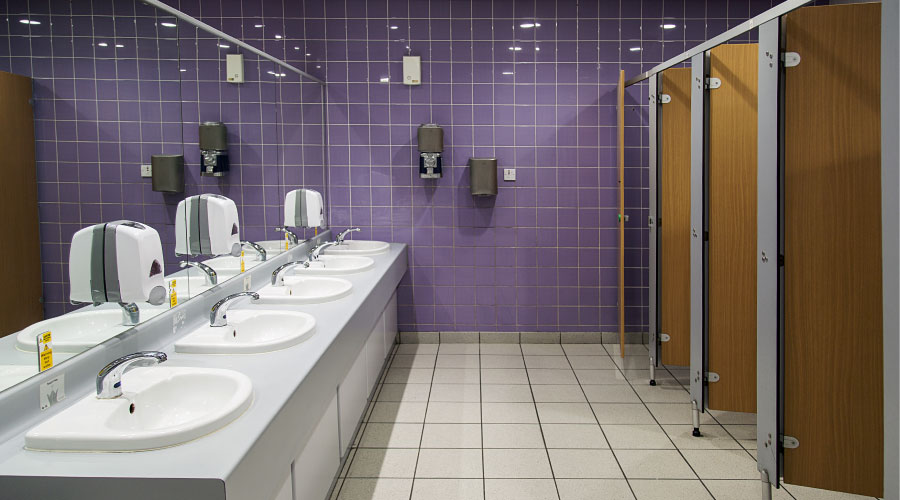Eight Symptoms of an Inefficient Pumping System
System optimization refers to the process of identifying, understanding, and effectively eliminating unnecessary losses, while reducing energy use, improving reliability, and minimizing the cost of ownership over the life of the pumping systems. The symptoms of an inefficient system include:
- highly throttled flow-control valves
- bypass-line flow regulation
- batch-type processes, where one or more pumps operate continuously
- frequent on/off cycling of a pump in a continuous application
- cavitation noise at the pump or elsewhere
- parallel pump system with the same number of pumps always operating
- a system that has undergone a change in function without modification
- a system with no means of measuring flow, pressure, or power.
Next, managers need to thoroughly evaluate the pump systems selected to determine the system's requirements. In some situations, managers might determine the system is operating with excessively high pressures or flow rates. Occasionally, this analysis will identify one or more pumping systems that technicians can turn off without compromising the process requirements. An awareness of system-demand variability will help match flow and pressure available from the pump to the system requirements.
The next step in system optimization involves data collection, which allows technicians to determine discharge flow rate, discharge pressure, and power consumption. They must match the data-collection equipment to the application, and the duration of data collection should provide statistically valid averages. Systems with varying or seasonal loads might require long-term datalogging equipment.
Managers can use the collected data to compare the measured rates of flow and head to the required rates of flow and head, which might reveal an imbalance between measured and required conditions — evidence of an inefficient system. Comparing the existing operating conditions to the design conditions also can reveal an improperly sized pump.
If the original pump-performance curve is available, managers can use it to construct a curve for the operating points of the existing system. Comparing the two sets of data can provide a better understanding of the pump's condition. Even a comparison of one test point to the original curve can determine whether the first step is to overhaul a worn pump or to investigate the system further.
Managers also need to assess other components of the existing system. For example, incorrectly sized valves can result in excessive pressure drops, and different types of valves have different loss coefficients. If technicians use throttling valves or bypass lines to control flow, managers should conduct an analysis to determine the most efficient means of flow control. These variable-flow systems might benefit from pump-speed control, such as VSDs.
Managers also should evaluate the piping configuration for optimization opportunities. A proper configuration will include a straight run of pipe leading into the pump inlet to ensure a uniform velocity distribution of fluid entering the pump. Also, the suction piping should be large enough to minimize friction losses.
Related Topics:














